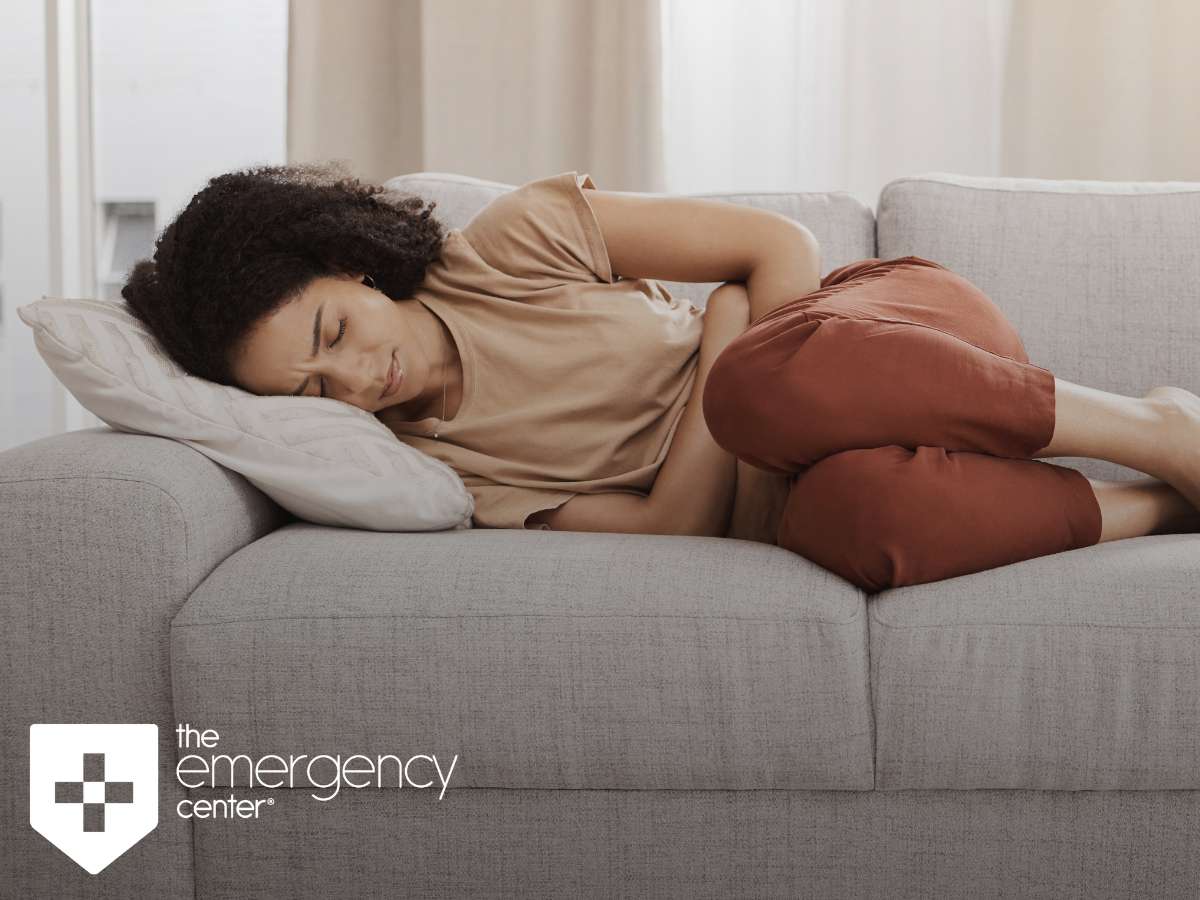Each year, the Endometriosis Association dedicates the time to spread awareness about how endometriosis affects women and how it makes life more difficult for them. Endometriosis affects over 10% of women between the ages of 15 and 44 in the United States. According to one study, it is estimated that between the years 2006 – 2015, 15,000 women visited the emergency room per year for severe endometriosis pain.

Endometriosis is a condition in which the lining of the uterus develops on the outside of the organ instead of within. When this occurs, the results can be incredibly painful and discomforting. Sadly, women who are affected by endometriosis are often not taken seriously, and they struggle with communicating the extent of the pain they endure. The Endometriosis Association is raising awareness as to their suffering, and they maintain that “Normal periods do not cause excruciating pain. Endometriosis does.”
Women with endometriosis will have symptoms that can range in severity. One common symptom is general pain and discomfort in the pelvic region. Other symptoms can cause complications such as infertility and heavy bleeding during menstrual cycles. Endometriosis can also cause digestive issues, including gut pain, bloating, and other gastrointestinal problems. The condition often goes undetected, mostly due to a lack of education and awareness about the disease.
Doctors can diagnose endometriosis by performing a laparoscopy. During the procedure, the doctor will make a small incision in the abdomen, then insert a small camera to take a look into the pelvic region. The doctor will then look for implanted scar tissue, endometrial tissue, or cysts associated with the condition. Endometriosis breaks down into four stages, and doctors use a point system to categorize these stages. Doctors also base these stages on the location, size, depth, and amount of endometrial implants in the area.
During stage one, or minimal endometriosis, doctors rate the condition on a point scale from one to five. Minimal endometriosis means that there is a minimum amount of implants on the outside of the uterus. While the diagnosis might indicate low levels of pain and discomfort, the condition does not imply that these levels are actually “minimal.” The term suggests that there are lower levels of implanted tissue than with the following stages.
With stage two endometriosis, doctors will find more implants that are more deeply embedded. Doctors refer to it as “mild” endometriosis, since there are slightly more implants in the uterus than there are with stage one. Stage two endometriosis has a score of six to fifteen points. Frequent episodes of pain and discomfort in the pelvic region are just as regular as any other stage of endometriosis, and these episodes can be just as painful.
Stage three endometriosis is a “moderate” stage of the disease. Doctors call it moderate because there is also an increased likelihood of small cysts on one or both ovaries than in the previous stages, as well as notable adhesions. An adhesion is scar tissue that binds organs together when pelvic tissue becomes damaged. Endometrial cysts form when tissue attached to an ovary begins to shed blood and tissue. Doctors grade stage three endometriosis at a grade between sixteen and forty points.
During the fourth and final stage of endometriosis, the symptoms are much more intense. Doctors call the final stage severe endometriosis. Ovarian cysts are larger, adhesions are thicker, and implants are deeper. These implants may also have traveled to other organs, such as the heart, lungs, or even the brain. Stage four endometriosis occurs with a rating of forty points or more.
Some symptoms of endometriosis can make life more difficult because of intense pain and discomfort. Doctors need to know when they occur, especially if an individual has not yet received a diagnosis of endometriosis.
Typically, menstrual cycles should not last longer than six days. In patients with endometriosis, periods can last longer than a week, depending on the severity of the condition. Patients will also experience more massive menstrual cycles than usual. Heavier periods cause excessive bleeding and much more pain in the abdominal and pelvic regions. The pain from these cycles can make everyday activities more difficult. Menstrual pain caused by endometriosis can begin days before a cycle and continue for days after.
Women do not typically feel the type of nausea experienced by those with endometriosis during their menstrual cycle. Nausea can last for days and can go on for days after a period ends. Nausea usually follows by vomiting, exhaustion, dehydration, and overall discomfort.
Even the worst menstrual cycle an average woman has doesn’t compare to periods for those with even the mildest endometriosis conditions. For these women, there can be spans of days at a time where they will feel achy, tired, and very exhausted in general.
Although there is no cure for endometriosis, doctors can use hormonal treatments and excision surgeries to help control the symptoms that cause the pain and discomfort involved.
The Edometriosis Association states “It is our vision that, worldwide every girl, woman, and family affected by endometriosis and its related diseases will have support, knowledge, and help.”
The Emergency Center
San Antonio
11320 Alamo Ranch Pkwy
San Antonio, TX 78253
Phone: 210-485-3644
Conroe
4019 I-45 N,
Conroe, Texas 77304
Phone: 936-247-9457
Is your nausea more than just an upset stomach? Learn about the causes of nausea…
Experiencing numbness or tingling? Discover the causes and know when to seek emergency care for…
Experiencing abdominal pain? Learn what it could mean by location and when to visit the…
Is your skin redness a sign of something serious? Learn about different types of skin…
Why are ER wait times so long? An emergency room physician explains key delays and…
Are you aware of the dangers of carbon monoxide? Learn prevention tips, symptoms, and how…